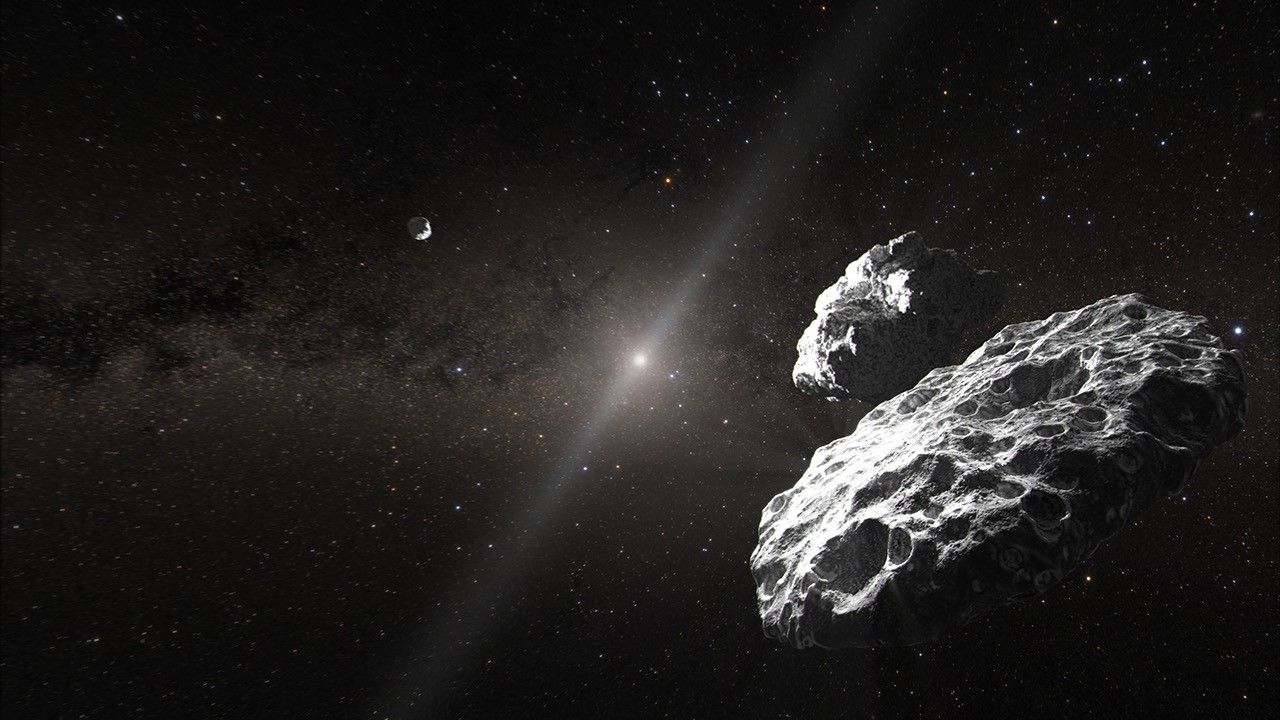Deep Hole in ‘Clovis’
| Credit | NASA/JPL-Caltech/Cornell |
|---|---|
| Language |
|
At a rock called "Clovis," the rock abrasion tool on NASA's Mars Exploration Rover Spirit cut a 9-millimeter (0.35-inch) hole during the rover's 216th martian day, or sol (Aug. 11, 2004). The hole is the deepest drilled in a rock on Mars so far. This approximately true-color view was made from images taken by Spirit's panoramic camera on sol 226 (Aug. 21, 2004) at around 12:50 p.m. local true solar time -- early afternoon in Gusev Crater on Mars. To the right is a "brush flower" of circles produced by scrubbing the surface of the rock with the abrasion tool's wire brush. Scientists used rover's Moessbauer spectrometer and alpha particle X-ray spectrometer to look for iron-bearing minerals and determine the elemental chemical composition of the rock. This composite combines images taken with the camera's 750-, 530-, and 430-nanometer filters. The grayish-blue hue in this image suggests that the interior of the rock contains iron minerals that are less oxidized than minerals on the surface. The diameter of the hole cut into the rock is 4.5 centimeters (1.8 inches).
Data on the graph http://photojournal.jpl.nasa.gov/figures/PIA06914_fig1_thumb.jpg from the alpha particle X-ray spectrometer instrument on the robotic arm of NASA's Mars Exploration Rover Spirit reveal the elemental chemistry of two rocks, "Ebenezer" and "Clovis," (see http://photojournal.jpl.nasa.gov/catalog/PIA06914) in the "Columbia Hills." Scientists found, through comparison of the rocks' chemistry, that Ebenezer and Clovis have very different compositions from the rocks on the Gusev plains.

























